
Guidebooks
Soviet Russia and the USSR, 1917–1941
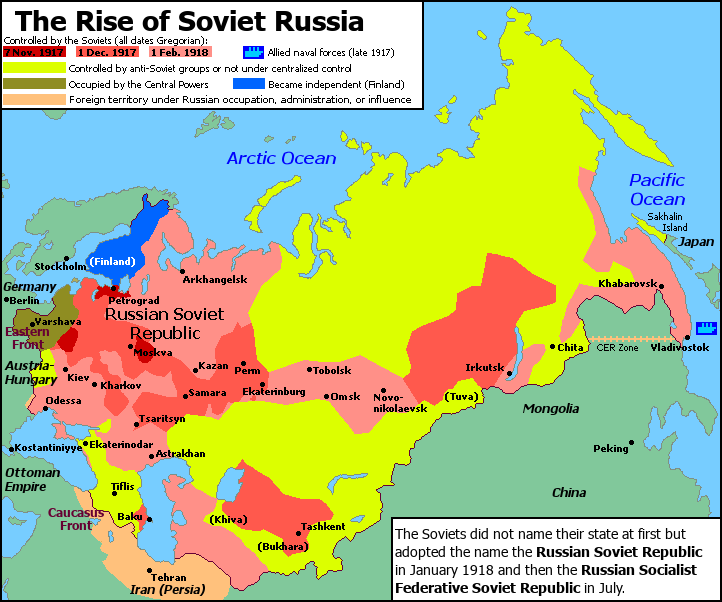
Rise of the Soviet state, 1917-1918
Soviet Russia and the USSR, 1917–1941 is a guidebook on the USSR to 22 June 1941, when Germany invaded and began what the Soviets called the Great Patriotic War of 1941–1945. It’s an end result of of this question: How could the USSR, the largest country in the world, with a huge army and air force, a large population, vast natural resources, and a robust defense industry, do so badly in the war? The USSR by itself outnumbered Nazi Germany in almost all major respects. It seemed like the Red Army should have defeated the German invasion after only a few weeks or months of fighting and then marched victoriously into the enemy homeland. I later discovered this was, in broad outline, the actual Soviet defense plan for 1941. Instead, the German invasion in 1941 thrust the USSR into an existential crisis, with repeated immense losses of soldiers, weapons, territory, and population. German strategic blunders in 1942 finally turned the tide against Germany late that year. The USSR then pushed the invaders back during the next two and half years, ending the war victoriously in Berlin in May 1945.
This guidebook covers the Soviet state from its creation in 1917 through to the eve of invasion in June 1941. It overviews all major aspect of the Soviets: ideology, politics, the government, the military, the economy, and social aspects. They were interwoven in ways that is not clear in the many works on the 1917–1941 Soviets, which often concentrate on just political-social aspects or just the military history. The many weaknesses that almost did in the Soviets are explored, as are their strengths that would allowed them to weather the crises of 1941–1942.
Review of a Map of 1941 Soviet Industrial Evacuation

Russian-language map of 1941 Soviet industrial evacuation (reduced size)
This supplement to the Classic Europa guidebooks contains a review and commentary on a popular Russian-language map of 1941 Soviet industrial evacuation. Find out more in the Review.
Soviet Ethnic Groups in 1941
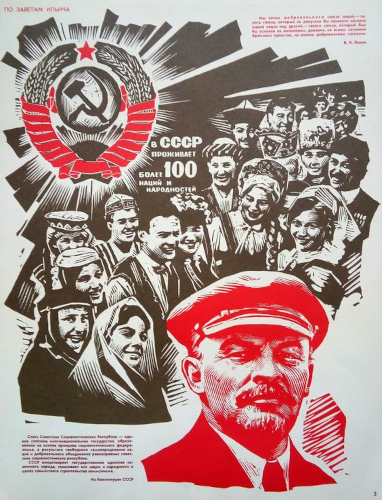
v SSSR prozhivaet bolee 100 natsii i narodnostey
In the USSR there are more than 100 nations and peoples
This supplement to the Classic Europa guidebooks features a 1941 Soviet map of the ethnic groups of the USSR. It also covers the Soviet ethnic groups based on the 1939 Soviet census, analysis of the population gained by the Soviet annexations of 1939-40, and the languages of these ethnic groups. Find out more at Soviet Ethnic Groups in 1941.
Greater Germany
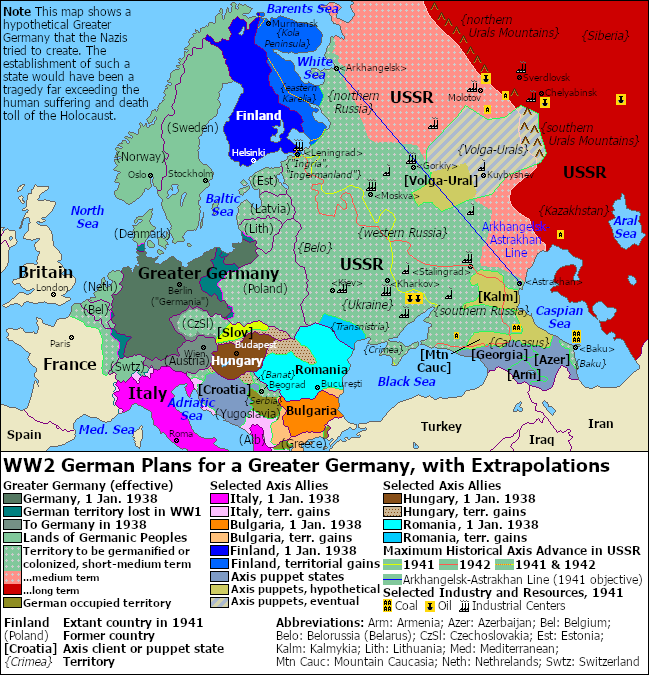
Greater Germany: A map of a hypothetical Greater Germany based on WW2 German plans and intentions, with extrapolations
This guidebook maps and explains a hypothetical Greater Germany that Nazi Germany tried to created during World War II. Find out more about this in Greater Germany, based on WW2 German plans and intentions.
The Renaming Revolution: Soviet City Name Changes, 1917-1945
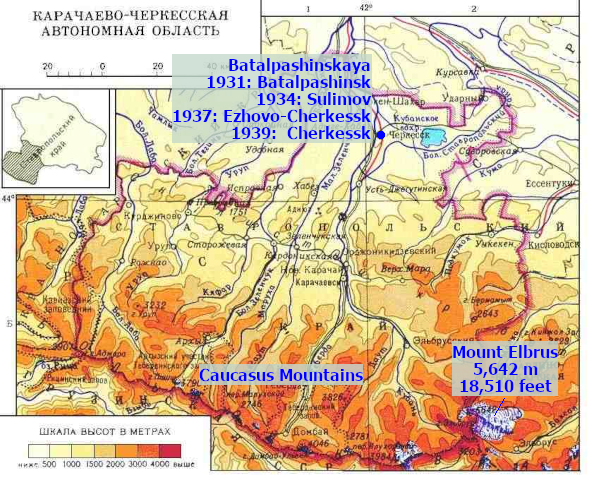
The many names of the city of Cherkessk
The Bolshevik Revolution in late 1917 saw the Soviets take over Russia, become the Communists, and attempt to remold the country and its multitudes to their repressive Marxist-Leninist agenda. Part of this molding entailed a renaming revolution. The names of many villages, towns, and cities were changed to get rid of reminders of the imperialist, religious past and to celebrate Communist ideas, heroes, and politicians. Find out more about this renaming revolution in The Renaming Revolution: Soviet City Name Changes, 1917-1945.
Classic Europa Guidebook:
Soviet Energy, Fuel, and Power in the Second World War
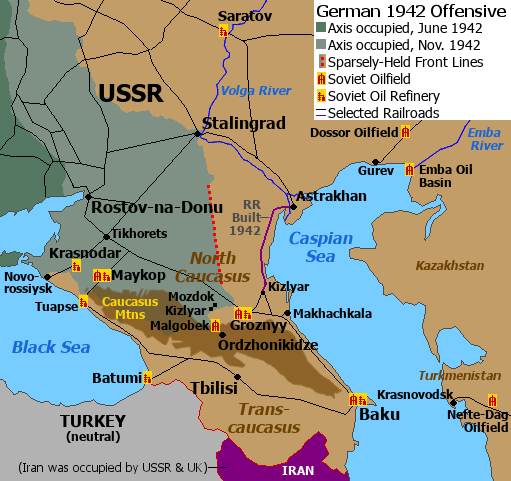
The Soviet Union during the World War II era derived energy from many sources to run its economy, heat its buildings, and power its military: coal and other solid fuels, gasoline and other liquid fuels, natural gas and other gases, hydropower, wood, and human and animal power. They even used hydrogen as fuel in internal combustion engines to a limited extent during World War II. The Soviet military particularly depended upon liquid fuels made from oil, especially for its air, naval, and mechanized ground forces.
This Classic Europa guidebook covers this story of Soviet Energy. Find out more in Soviet Energy.
Please Consider Donating
The Classic Europa website and email groups are free to use for personal use. The website currently has no charge, no subscription, no commercial advestising, no tracking cookies (or cookies at all!). However, it costs money to keep this site going and to create new articles and other content for it. Similarly, its costs money to access the useful premium features that the Classic Europa email group uses. If you would like to help keep the Classic Europa website and email group going, please consider making a small donation. Thank you!